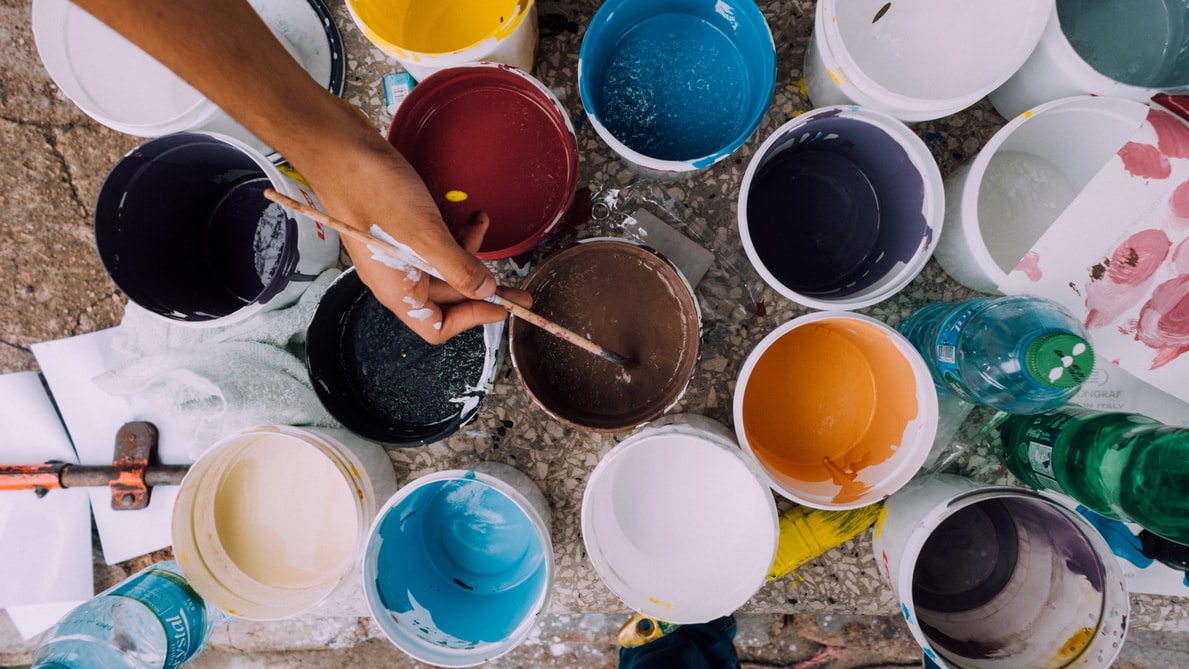A person would do nothing if he waited until he could do it so well that no one would find fault with what he has done.
– Cardinal Newman
Eugène Boudin was a well-known art schoolteacher in Paris in the 1850s and was a mentor to Claude Monet. On the first day of each school semester, Boudin would divide his class into two groups for a one-month project. The first group was told they would be judged on the quantity of paintings that the group could produce in one month. The second group was told they would be judged on the quality of one painting only.
At the end of the month, Boudin noticed consistently year after year that the best paintings came from the group that focused only on the quantity of work produced. Why? Because the quantity group, through voluminous work, trial, and error, gained much more experience in the actual creation of art. They were free to be creative, free to paint what they wanted to, and free to gain experience from many attempts. They were unencumbered by a goal of perfection. Basically, they tried and failed much more than the other group.
The quality group, however, sat and pontificated about the perfect painting they wanted to create. They researched what the masters had painted before them. They argued about what the painting should look like. They were stressed out about each brush stroke. Their goal was perfection, so they picked up their brushes to paint far less often. They did not gain the experience from trying and failing. That experience is what’s needed to eventually create a great work of art.
An apprenticeship for a newcomer in any field can be a messy endeavor. Only by throwing a lot of paint at a lot of canvases, do we gain the experience needed to be able to create something truly great and unique later on.
Legend has it that Pablo Picasso was sketching in the park when a woman approached him.
“Oh, It’s you! Picasso, the great artist! Oh, you must sketch my portrait! I insist,” she said.
Picasso agreed to sketch her, and after studying her for a moment, he used a single pencil stroke to create her portrait. He handed the women his work of art.
“It’s perfect!” she gushed. “You managed to capture my essence with one stroke, in one moment. Thank you! How much do I owe you?”
“Five thousand dollars,” Picasso replied.
“What?” The woman moaned. “How could you want so much money for this picture? It only took you thirty seconds to draw it!”
Picasso responded simply, “Madame, that thirty seconds took me thirty years.”
Masters in any field do not acquire their talents overnight. It is only through trial and error, continual learning, and failure that anyone gains the skill that is required to be a great master in a field. And inspiration is overrated. Professionals show up to learn and practice their craft every day. Amateurs in a field only show up when they are inspired.
A famous author was once asked about the role of inspiration in his writing labors. The author replied, “Yes, I do only write when I am inspired. But I happen to be inspired every day at 7 A.M.”
There are no shortcuts. Only by continual practice in any field does someone become great. The people who show up day after day, attempting to do meaningful work, create enough mediocre work to get through to creating the good stuff. Show up. Do the work. Create. Learn. Fail. Then succeed.



